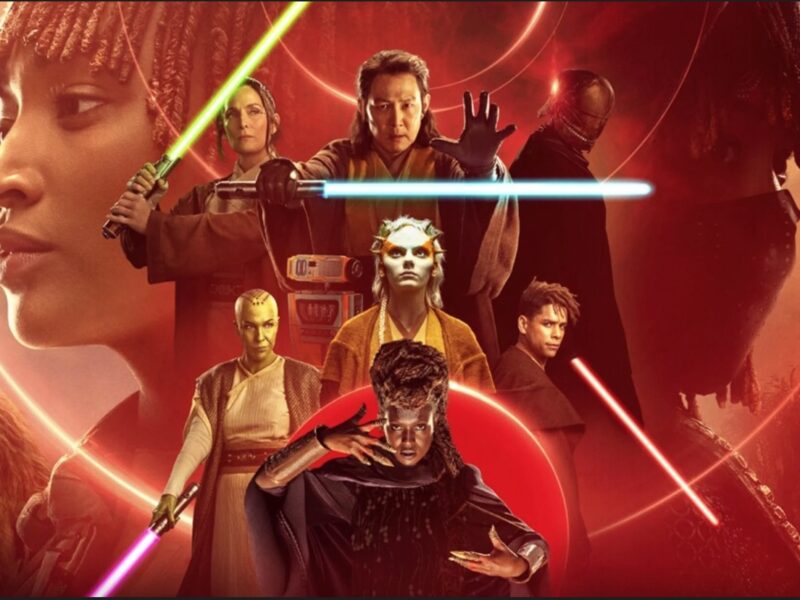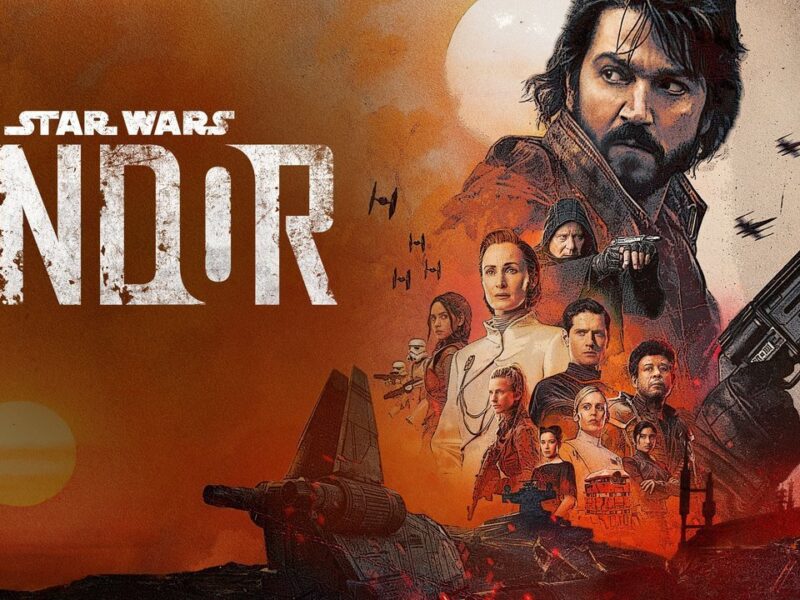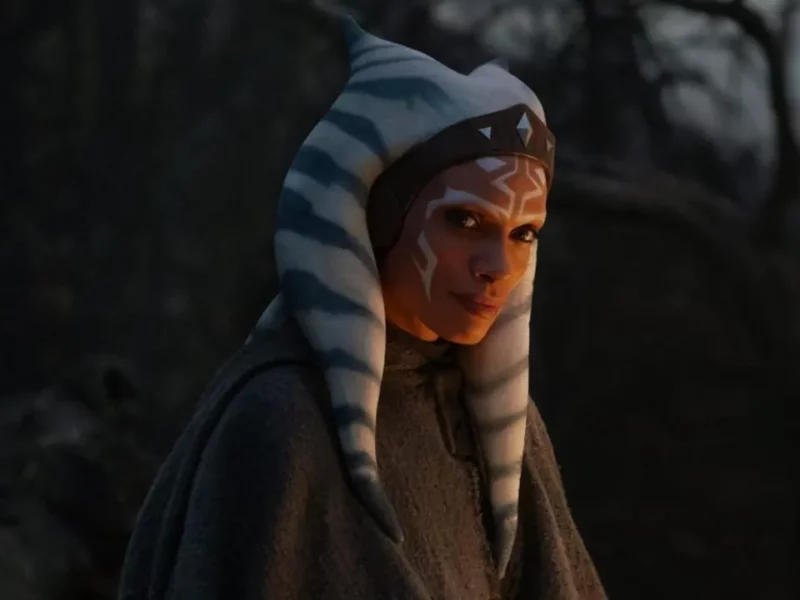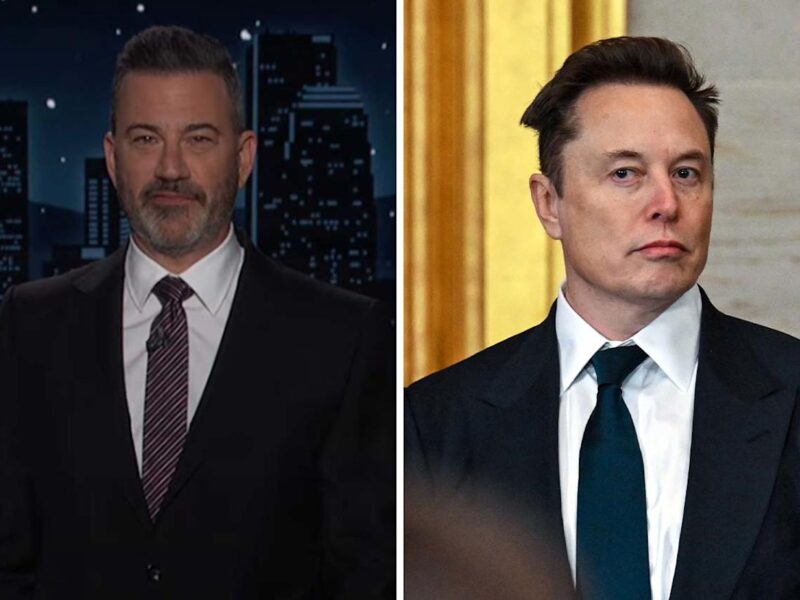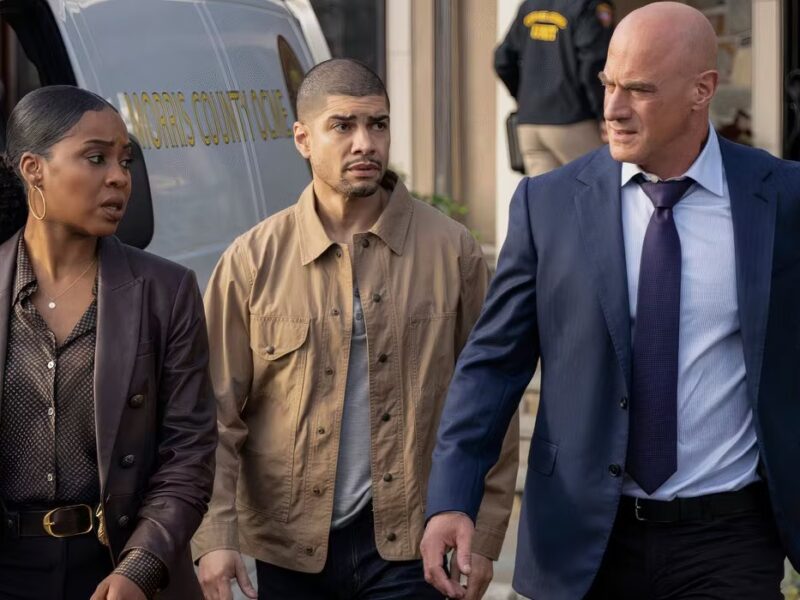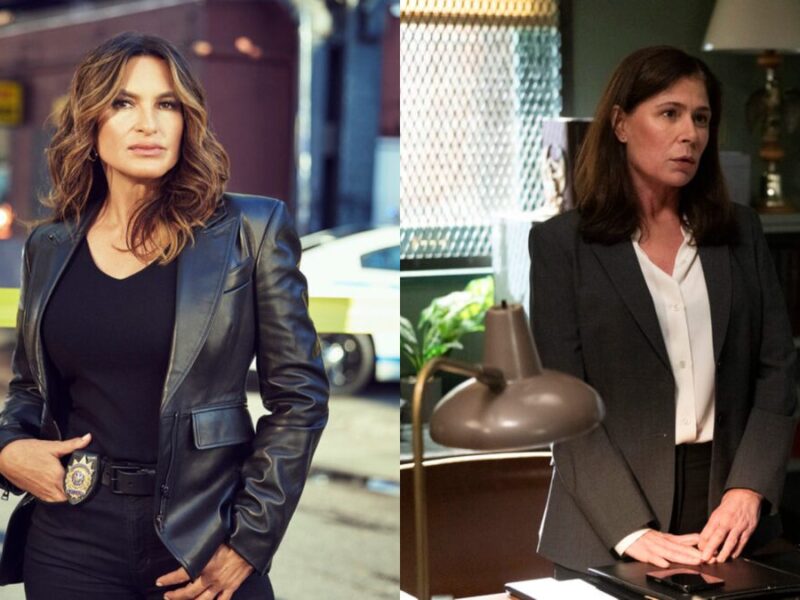The galaxy’s most politically charged corner of the Star Wars universe is preparing for its most emotional reckoning yet. Andor Season 2, premiering April 22 on Disney+, promises to bridge the divide between grounded rebellion and legendary lore, threading its narrative needle between Rogue One and A New Hope. With a 12-episode arc spanning four years, the season is poised to reshape what fans know about the early Rebellion—but at a cost. The absence of Leia Organa looms larger than ever, and there’s no amount of clever writing that can entirely fill that vacuum.
The return of Cassian Andor (Diego Luna) brings audiences back into the shadows of espionage and ethical ambiguity. Season 1 was lauded for its cinematic tone, mature storytelling, and subversive themes that challenged the binary of good vs. evil. Yet, as Inverse notes, Andor‘s next chapter faces a unique narrative burden: how to tell the story of the birth of the Rebellion without its most iconic daughter. Leia’s off-screen presence is deeply felt—she’s a key figure in the era’s political landscape, often operating alongside Mon Mothma. But the show’s reluctance to recast or resurrect her digitally creates a silence that could become deafening.
A Rebellion Without Leia
Andor Season 2 picks up the pace with time jumps leading up to the opening moments of Rogue One. These years—arguably the most formative in Leia’s life—are marked by covert Senate operations and subversive diplomacy. As Ahsoka hinted with mere name-drops, Leia remains an untouchable relic of the past, referenced but never fully realized. That strategy, however, grows thinner as the series inches closer to A New Hope, where Leia’s leadership is undeniable.
Mon Mothma (played with precision by Genevieve O’Reilly) becomes the narrative backbone of this season. According to Entertainment Weekly, showrunner Tony Gilroy confirmed a “hellacious” arc for Mothma, noting that “she has to do everything with all the tension, fear, and anxiety and she has to do it in public.” Her double life—Imperial Senator by day, Rebel financier by night—culminates in a tragic personal sacrifice: offering her daughter Leida in a politically motivated marriage.
It’s here, in the political chambers and within Mothma’s personal unraveling, that Leia’s absence is most conspicuous. Historically, the two worked in tandem, one amplifying the other’s influence. By avoiding Leia, the show risks overburdening Mon Mothma’s character with arcs meant for two. Still, O’Reilly’s nuanced performance promises to carry much of that emotional weight.
Mon Mothma’s Bitter Bargain
Season 1 left Mon Mothma teetering on a moral precipice. Her alliance with the shady Chandrilan broker Davo Sculdun forced her to consider marrying off her daughter Leida to secure Rebel funding. Now, as Season 2 unfolds, the consequences of that decision become inescapable. In an interview with Entertainment Weekly, Gilroy teased that “it’s looking like there might be a wedding.” Whether this union occurs or not, the emotional fallout is guaranteed.
Genevieve O’Reilly, speaking candidly about her role, admitted being stunned by her character’s trajectory. Her exploration of “intergenerational tensions” with Leida adds depth to what could easily be a trope. From Senate chambers to forced smiles at aristocratic events, Mon’s internal war parallels the external one she funds. This thematic layering makes her one of the most complex characters in the Star Wars franchise.
The show’s visual storytelling amplifies this tension. Chandrilan customs, imperial pageantry, and the sterile aesthetics of authoritarianism collide in frames that feel more House of Cards than Clone Wars. If there is to be a wedding, it will not be a celebration, but a ritual of despair—a chilling metaphor for what the Rebellion demands from its most committed architects.
Leia’s Shadow and Cassian’s Rise
As Cassian Andor moves deeper into his role as a spy, his path begins to intersect more directly with the political machinery of the Rebellion. Over the course of 12 episodes, his transformation from reluctant recruit to rebel linchpin unfolds in tandem with the growing presence of Mon Mothma. Yet the emotional resonance of these developments is inevitably colored by who’s missing.
Leia was not just a face of the Rebellion; she was its spirit. In Rogue One, her brief appearance—even through deepfake—served as a narrative tether to the original trilogy. Whether Andor Season 2 will attempt something similar remains unclear. What is certain is that her story cannot be erased. As Inverse argues, Lucasfilm will sooner or later have to confront Leia’s legacy head-on.
Bail Organa, Leia’s adoptive father, may step into the political gaps, but even he cannot replicate her youthful fervor or moral clarity. Leia’s ideological balance—noble yet fiery, diplomatic yet rebellious—offered a crucial counterpoint to characters like Mon Mothma. Her absence in Andor forces other characters to stretch unnaturally, potentially distorting the emotional architecture of the Rebellion.
With so many narrative threads converging—spycraft, Senate intrigue, family trauma—Andor Season 2 is shaping up to be the franchise’s most emotionally intricate installment yet. It dares to ask: what is the true cost of revolution, not just in lives, but in love, in family, and in legacy?

Open your account on Disney+ and you will have access to movies like Spiderman, Lightyear, Cruella and Pinocchio. You can also watch Star Wars series like The Mandalorian, Andor and The Book of Boba Fett.




